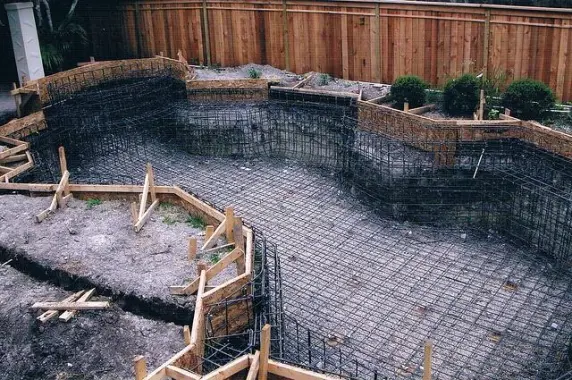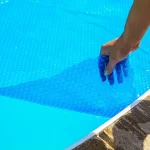
The process of Pool Construction begins with the evaluation of the site. This process involves soil testing to determine if the ground is suitable for the installation of a pool. If so, the contractor will use heavy equipment to dig out the soil. They will also remove any excess dirt. This process will leave your backyard looking like a construction site during the construction phase.
The next step in the process involves applying a thin coat of gunite or shotcrete to the interior surface of the hole. This is important because rain can seep into the ground and cause the excavation site to cave in. This can cause the construction schedule to be delayed or even halted. To prevent this, the builder uses flashing to protect the walls and bottom of the excavation hole.
Next, the pool’s base is excavated. The base should be level and uniform. Any areas that are too loose must be filled with firm soil. Once the base is ready, the craftsman will fill the pool and shape the steps and spa. This entire process takes three days, including drying time. If the swimming pool construction goes smoothly, you can enjoy swimming in your new pool in no time.
Once the excavation process is completed, the walls of the pool are attached to the concrete footing. This prevents the walls from shifting and also helps in preventing cracks. Plumbing is also installed around the perimeter of the pool to connect it to the pump and filter system. The hole is excavated and shaped to accommodate the liner.
If you want to start building your pool, you should choose the fall or winter months. These seasons are slower for construction and allow you to focus more on the project. During this period, your contractor can give special attention to the project. You’ll be able to see the process unfold and see how it’s done.
The plumbing of your pool is an important part of the construction process. The right plumbing can ensure maximum circulation, energy conservation, and water clarity. Professionals will use hydraulic calculations to determine the most appropriate filtration and circulation system for your pool. During this phase, the plumbing is installed, including the water features and skimmers. Electrical work is also completed, including the wiring for lighting niches in the wall and break box locations.
Before you start construction, make sure to obtain a building permit in your town. This is required in most towns. It details the specifications and requirements that your contractor must meet. After approval, you can bring your backyard vision to life. Keep in mind that more elaborate designs require more time and money than simple ones. However, the extra time spent will be well worth it once the construction is complete.
There are several different types of pools to choose from. Some are freeboard and others are deck-level. The type of construction you choose will depend on the location and the climate. Most types of pools can be installed indoors or outdoors.










